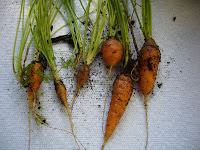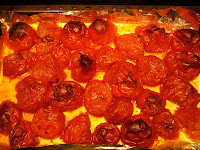
This month, I wanted to pick a native that has amazing fall color. Although there are a number of native trees that provide great color, including birch and hickory, in my mind, nothing compares to the sugar maple (acer saccharum). These trees have incredible leaves that vary from orange, to red, to scarlet.
Photo credit: Di_the_huntress
In addition to their beautiful fall color, they make a wonderful shade tree and have high wildlife value. A number of songbird varieties nest in sugar maples. The only bad thing about these trees is that they can get BIG - up to 75 feet tall. So you need a lot of room for one of these guys. Also, they are not very tolerant of urban conditions - they need lots of room for their roots, and don't tolerate salt.
Sugar maples are native to the northeastern and north-central part of the U.S. and extend up in to Canada. The sugar maple is so important in Canada, they put it on the flag!
Sugar maples are native to the northeastern and north-central part of the U.S. and extend up in to Canada. The sugar maple is so important in Canada, they put it on the flag!
If you have room in your yard, you should consider this tree. It is beautiful year round, but especially in the fall.
By the way - fall is a great time to plant trees. If you decide to plant, consider planting a native, like the sugar maple or other native trees in your area.
You might also like:
September Native of the Month: Blueberry
August Native of the Month: Joe Pye Weed
Photo credit: Di_the_huntress









